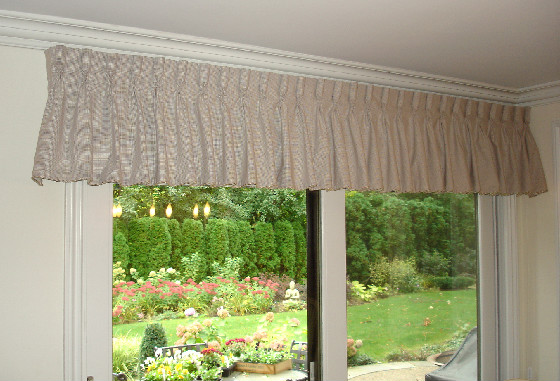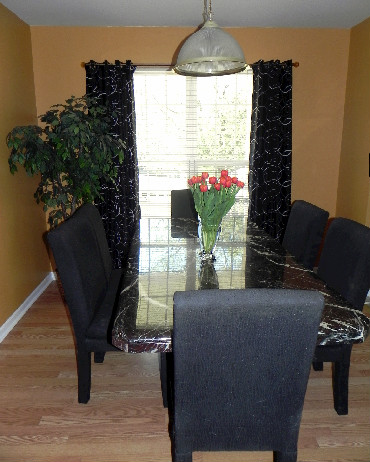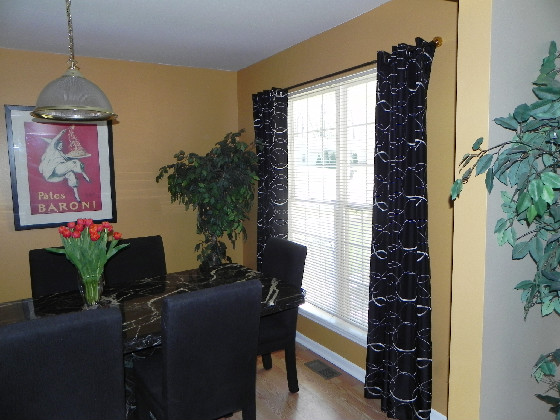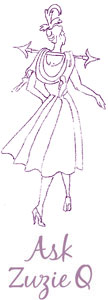Adding lining to the back of drapery fabric creates distinct advantages over unlined drapes.
Number one, lining adds insulation value for those cold winter nights and those steamy hot summer days. In other words lining helps to reduce your utility costs both gas and electric no matter which part of the country you live in. Who doesn’t want to save money.
Number two, lined draperies cut down on echoing and sound from both indoors and outdoors. By adding that extra layer of cloth, it absorbs more sound making your surroundings more comfortable.
Number three, lining protects your draperies as well as your furniture from the hot and harmful UV rays, reducing and often illuminating sun rot. Lined draperies can last 10 to 15 years longer than unlined drapes.
Number four, they offer you complete privacy.
Number five, lined draperies give you that consistent view from outdoors. In other words, from the street, all of your windows have the same color. People driving by do not see a green window, a pink window, a blue window ect., they are all consistent when they are all lined.
Number six, light reduction. Lined draperies greatly reduce the light pouring into your rooms and when blackout lining is used, the windows are darkened for sleeping. Great for kids and those on the night shift.











by Susan Dorbeck